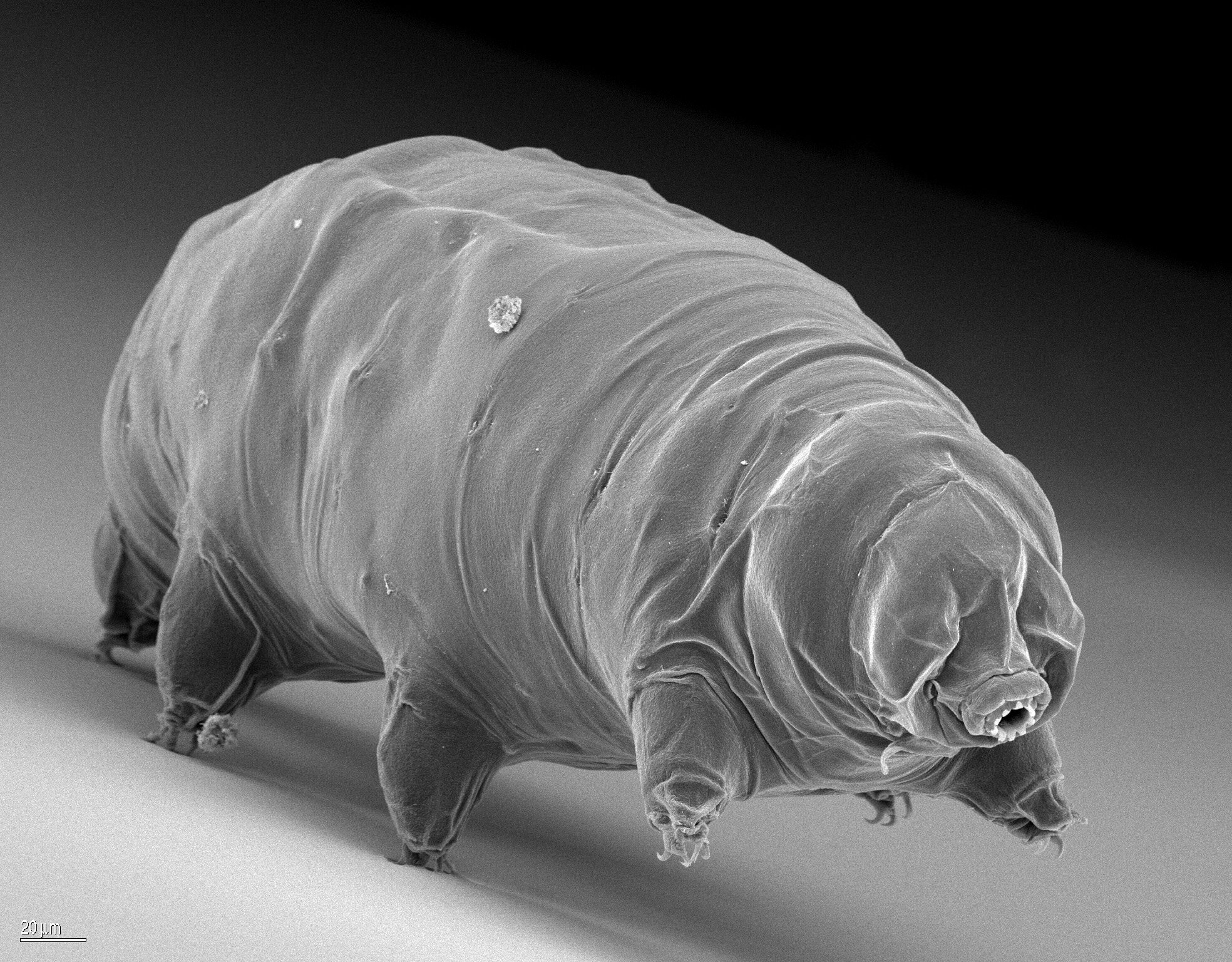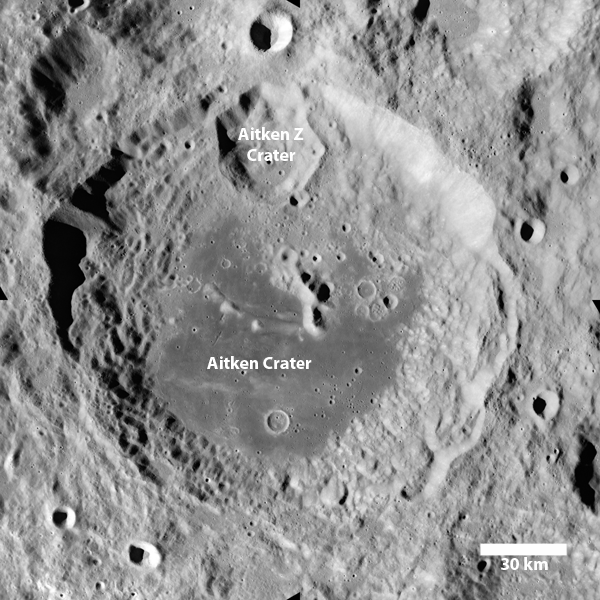Secrets of the Dark side...
If any of you have ever looked up to the moon.
You will see the same thing now, as you did when you first looked upon it when you were a baby laying in your crib looking out the window. The reason for this is called tidal locking. This occurs when the gravitational gradient makes one side of an astronomical body always face another. Because of this, the man on the moon will be seen until that last human dies off. Now we didn't even see the other side of the moon until the first photo was taken by the Luna 3 space probe launched by the Soviet space program in 1959.
Since then we have learned plenty of things we have never seen through all of human history and prehistory. For one thing, there are far more craters on the other side. Including the one that has scientists scratching their heads. For one it's the largest impact crater in the solar system. Over 1300 miles in diameter. Hit by an asteroid that dwarfs the one that wiped the dinosaurs off the face of the earth. Called Aitken Basin it's also the oldest we have found so far. Now that's not the mystery. The mystery is the massive amount of metal under the basin. The metal mass is five times the size of Hawaii's largest island Oahu.
So big in fact that the gravity from in placed the surface down 800 meters deep after impact than other craters. What the believe happen was that after the asteroid impacted. All of the rock that made up the outside fragmented and burned away. However, the metal core survived and all the nickel and iron merged with the moon's inner mantle. This would explain why a large side of the moon is heavier and denser than the other side.
If that same asteroid hit us... Well, let's just say only micros and bacteria would have to kick start life all over again. The Permian-Triassic extinction saw 95% of all life on Earth die out. If that Hawaii-sized one hit us. Only bacteria and hearty herds of tardigrades feeding on them would be all that would be left alive.
With a new interest in lunar bases and colonies being planned in the early 2030s. I think most of the iron for mega structures and domed crater colonies will more than likely come from the Aitken Basin.
Maybe one day many children may come to know the view of the Dark Side of the Moon. As well as humanity has known the near side which we have seen and enjoyed every bright and full moon night...
#Xephula #space #lunarscience #cosmos
Secrets of the Dark side...
If any of you have ever looked up to the moon.
You will see the same thing now, as you did when you first looked upon it when you were a baby laying in your crib looking out the window. The reason for this is called tidal locking. This occurs when the gravitational gradient makes one side of an astronomical body always face another. Because of this, the man on the moon will be seen until that last human dies off. Now we didn't even see the other side of the moon until the first photo was taken by the Luna 3 space probe launched by the Soviet space program in 1959.
Since then we have learned plenty of things we have never seen through all of human history and prehistory. For one thing, there are far more craters on the other side. Including the one that has scientists scratching their heads. For one it's the largest impact crater in the solar system. Over 1300 miles in diameter. Hit by an asteroid that dwarfs the one that wiped the dinosaurs off the face of the earth. Called Aitken Basin it's also the oldest we have found so far. Now that's not the mystery. The mystery is the massive amount of metal under the basin. The metal mass is five times the size of Hawaii's largest island Oahu.
So big in fact that the gravity from in placed the surface down 800 meters deep after impact than other craters. What the believe happen was that after the asteroid impacted. All of the rock that made up the outside fragmented and burned away. However, the metal core survived and all the nickel and iron merged with the moon's inner mantle. This would explain why a large side of the moon is heavier and denser than the other side.
If that same asteroid hit us... Well, let's just say only micros and bacteria would have to kick start life all over again. The Permian-Triassic extinction saw 95% of all life on Earth die out. If that Hawaii-sized one hit us. Only bacteria and hearty herds of tardigrades feeding on them would be all that would be left alive.
With a new interest in lunar bases and colonies being planned in the early 2030s. I think most of the iron for mega structures and domed crater colonies will more than likely come from the Aitken Basin.
Maybe one day many children may come to know the view of the Dark Side of the Moon. As well as humanity has known the near side which we have seen and enjoyed every bright and full moon night...
#Xephula #space #lunarscience #cosmos








